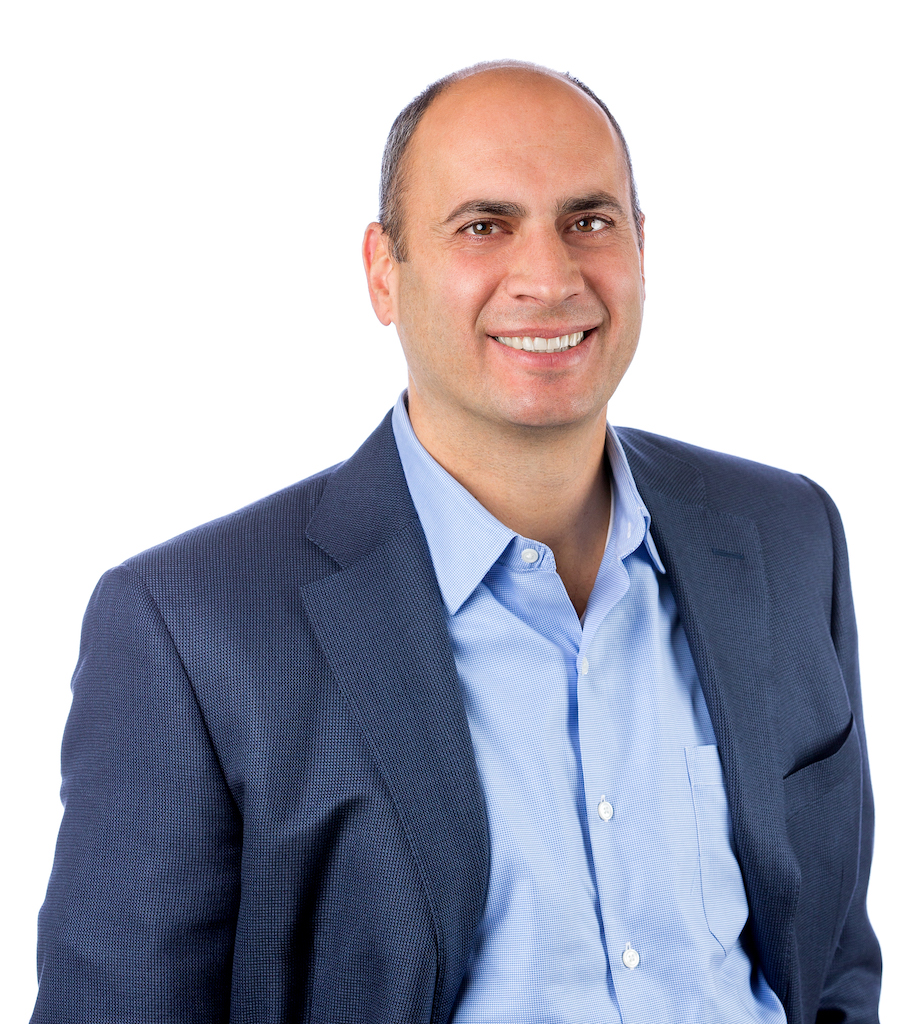The New Labor Market: Why it’s different this time
The post-pandemic labor market remains unrecognizable in comparison to what was standard a few years ago. From a global pandemic to record-high inflation, workers have been rattled by a number of factors – some of which motivated them to simply leave the workforce altogether with no plans to return.
Workers are missing, and as employers, we need to be prepared with strategies to improve efficiency and offer greater value to current and prospective employees to support higher retention.
How did we get here?
The irony of the shrinking labor market is we could have seen it coming. There are a multitude of factors at play, and one is simply a numbers game.
| Generation | Births start | Births end | Youngest age today* | Oldest age today* | Population size |
| Baby Boomers | 1946 | 1964 | 59 | 77 | 76 million |
| Gen X | 1965 | 1980 | 43 | 58 | 65 million |
| Millennials | 1981 | 1996 | 42 | 27 | 71 million |
| Gen Z (a/k/a Zoomers) | 1997 | 2012 | 11 | 26 | 61 million |
| Generation Alpha | 2013 | 2028 | n/a | 10 | TBD |
*January 1, 2023
The post-World War II Baby Boomer generation was one of the largest generations in history, providing the largest labor pool ever and holding down labor costs through their competition for work. They were also the first generation to have two household earners, saturating the labor market with increasingly more affordable workers. This kept inflation rates manageable, particularly wage inflation.
However, this entire generation of workers will be 65 by 2030. A majority of them have already left the workforce, and the number accelerated as a result of early retirements during the pandemic.
Generation X was never large enough to fill all those retiring Boomer shoes, and their offspring, Generation Z, is even smaller. A large generation begets a large generation, and a small generation begets a small generation. With the Boomer generation retiring and being replaced by the Zoomers, there are simply not enough cohorts to replace the Baby Boomers.
Responding as an Employer
The labor shortage is likely going to get worse before it gets better. As employers, we must learn how to become more efficient and reap the most benefit from what we already have in place.
The hybrid workforce is already seeing incredible efficiency gains in many companies. Firms need to capitalize on these gains and adjust their key performance indicators accordingly. Staffing supervisors need to take these new metrics into consideration as they plan for future workforce investments.
Automation will be critical, whether it’s leveraging AI or applying new technologies in robotics. We actually need this technology sooner rather than later to help alleviate the shortage of workers.
It is more than possible – it is necessary – to learn how to do more with less.
Strategizing with Attraction and Retention
With this massive labor shortage, you need to bring something valuable to the table in order to retain your current employees and attract new talent.
It’s critical that your business invests time and energy into creating a robust benefits package for your employees. If the pandemic taught us anything, it’s that people need high-quality healthcare, and they expect you to provide it.
Your plan must be paired with the most appropriate tax-advantaged savings or spending account. The Cares Act reinstated many over-the-counter medications and added additional personal care products, making these programs more attractive to garner additional participation and tax savings for your employees.
It’s time to make the decisions for some of our employees and get them on the path to a secure retirement. The passage of the Secure 2.0 Act has given Plan Sponsors permission to automate participation and escalation of contributions. When these changes are paired with a thoughtful employer contribution structure, your employees will appreciate the support.
While an attractive benefits package won’t solve the labor crisis, it will make you more likely to hang onto your employees and attract new talent to your organization.
Moving Forward Into the New Normal
The shortage of workers likely isn’t going to resolve itself anytime soon. The workers who retired early are not coming back and neither are those who pivoted to more skills-based positions. The youngest members of Generation Z won’t be entering the workforce in droves for another 10-15 years. As employers, we do not have the luxury of waiting for the market to look like it did a few years ago – it’s different this time around, and it will be for the foreseeable future.
It’s crucial that you are changing your best practices to accommodate this new “not” normal and keep you ahead as we move forward with a smaller labor market. By investing in automation technologies and employee benefits, you prioritize the efficiency that will take your company into the future. Learn how to do more with less.









